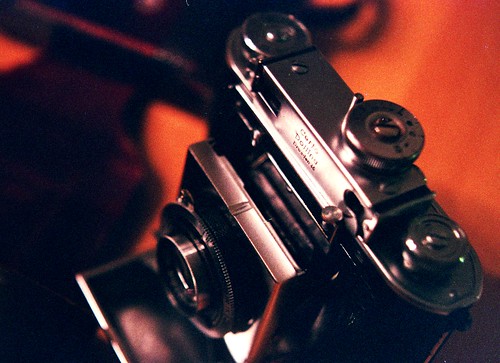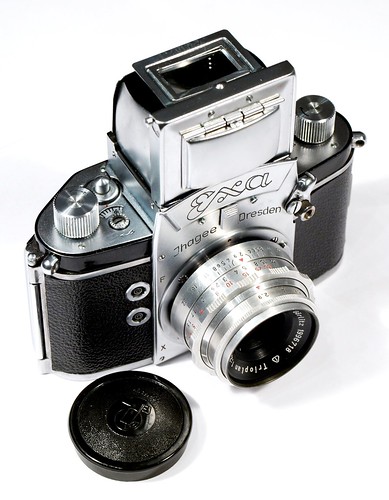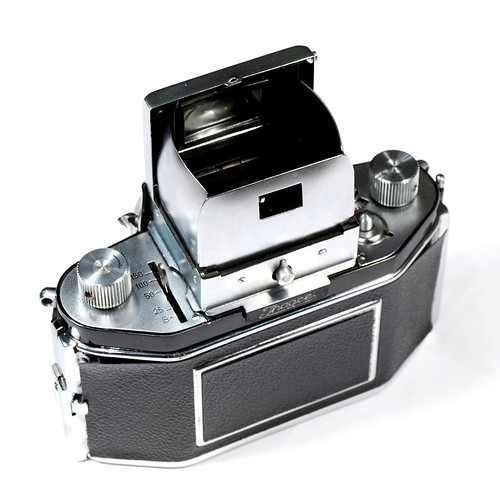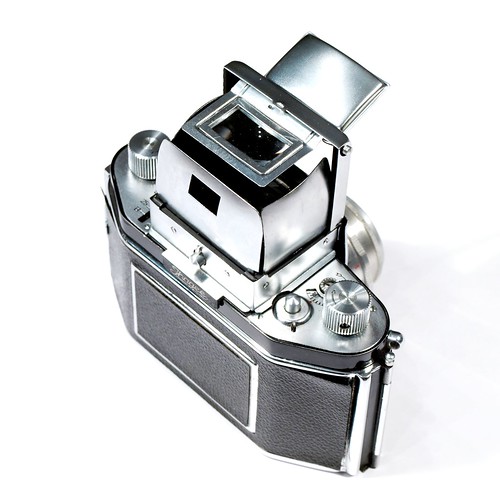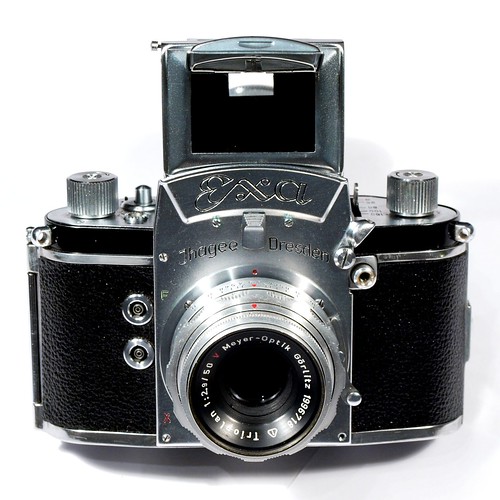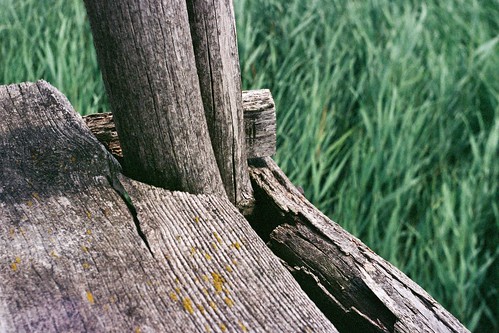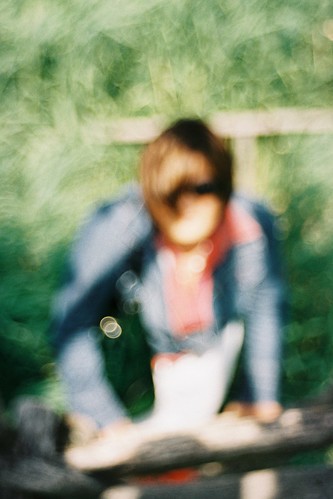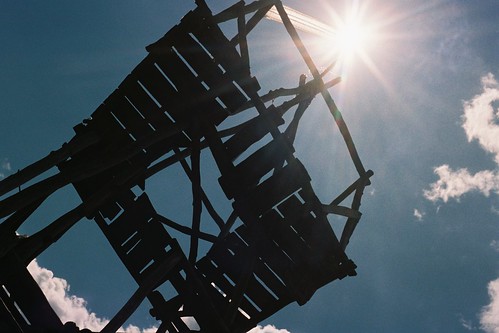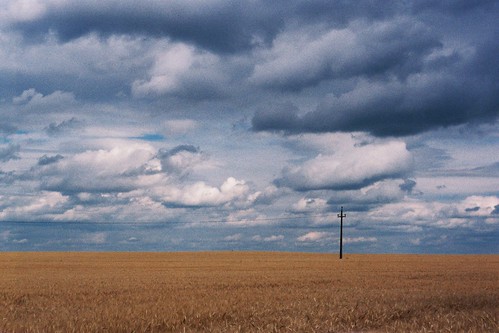- Serial No: 66717
- Manufactured: 1958 - 1960
- Shutter: Synchro Compur
- Shutter speeds: B, 1, 1/2, 1/4, 1/8, 1/15, 1/30, 1/60, 1/125, 1/250, 1/500
- Lens: Color-Skopar X 1:2,8/50
- Aperture: 2.8 - 22 stepless
- Lens No: 4970657
- Lens mount: Bessamatic bayonet (very similar but not identical to the Retina Reflex mount)
- Last CLA: unknown
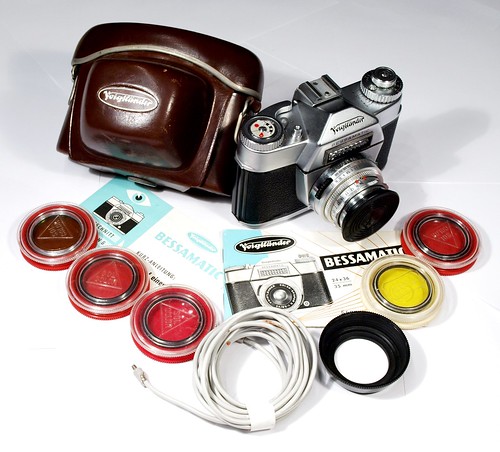
Big? Yes, it's big but there are other big cameras as well. Heavy? Like a rock but it's still not a unique feature. If I had to use one word to describe the Bessamatic it would be the quality. The unimaginable Voigtlander quality is what makes this camera outstanding. And the handiness.
By the way, this was the first camera in the World wich had a zoom lens, the 36-82mm Zoomar as an accessory. On my wishlist. But let's get back to the camera itself.
Bessamatic was the last in the line started with Contaflex and followed by Retina Reflex, both with leaf shutter and interchangeable lens. These SLRs were quite compicated with a lens shutter and a second shutter behind the mirror. The push of the shutter release button triggered a series of complex events which had to take place very quickly: close the lens shutter, reduce the lens aperture to the preset f-stop, raise the reflex mirror, open the second shutter and finally open and close the lens shutter to expose the film to the light. You could hear the noise of slim metallic parts busily swirling.

I'm not sure which camera was the first with the meter match needles displayed in the viewfinder but lots of photographers were thankful for this feature. The designers of the Bessamatic tried to make the whole picture taking process as easy as possible. You just have to turn the topleft dial to match the needles in the viewfinder and turn the aperture/speed ring to shift between the corresponding aperture and shutter speed values. Or set the speed first with the ring and find the appropriate aperture with the dial. Two moving small red indicators show the dept-of-field for the given aperture as you set it with the dial. Focusing is guided by a split image prism. Everything feels so natural.
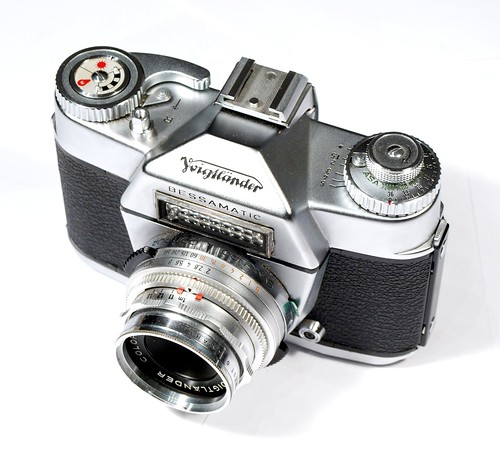
Here are some field experiences with the Bessamatic. It's too heavy to told it in your hands for long time. It's too heavy to hang it on your neck using the neck strap of the ever ready case; it causes muscle pain after a while. It's too heavy to bring with you everywhere but it worth the effort. This camera can cause a sort of addiction. You don't want to use anything else after you tried it. It's so precise, it works like a clock. It operates easy. Everything on it is extremely good quality.
For night shooting the Bessamatic is almost as good as the Werra Matic, however, you can have difficulties seeing the speed/aperture settings in the dark. Be aware that he otherwise precise selenium cell is not accurate in low light conditions. Here are some sample shots on a high ASA Ilford Delta film:



And some color shots:



I love this camera. Here is a last shot using the macro extension lens:
